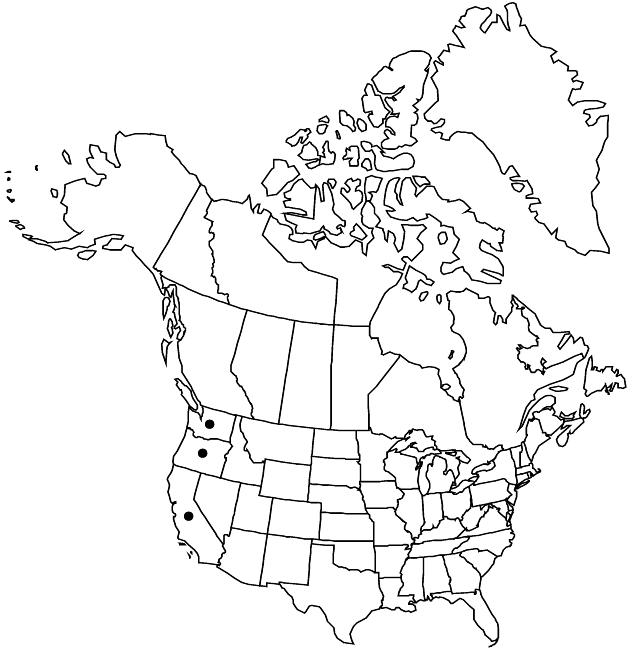Erigeron aliceae
Fl. N.W. Amer., 317. 1900.
Perennials, 3–8 dm; rhizomatous, fibrous-rooted, caudices relatively thick. Stems erect, loosely strigose to glabrate, sometimes hirsuto-villous proximally, eglandular. Leaves basal (usually persistent) and cauline; basal and proximal cauline blades often prominently 3-nerved, oblanceolate-spatulate to elliptic-spatulate, 80–200 × 15–35 mm, margins usually coarsely dentate (teeth 1–5 pairs), sometimes entire, faces weakly strigose to hirsute, eglandular; cauline blades becoming lanceolate to linear, sometimes ovate, gradually reduced distally (bases weakly subclasping or not clasping). Heads 1–4 (–7) (from branches distal to midstem). Involucres 6–10 × (10–) 12–16 (–20) mm. Phyllaries in 3 (–4) series, glabrous or moderately villous to white-hirsuto-villous (sometimes only at peduncle-involucre region), densely minutely glandular. Ray-florets 45–80; corollas white to pinkish purple, 10–15 mm, laminae coiling at tips. Disc corollas 2.5–4 mm. Cypselae 2–2.8 mm, 2 (–4) -nerved, faces moderately to densely strigose; pappi: outer of setae, inner of 18–32 bristles.
Phenology: Flowering Jun–Aug(–Sep).
Habitat: Rocky ridges and slopes, talus, wet meadows, open roadsides, fir, hemlock-fir, chaparral, sometimes on serpentine
Elevation: 1100–2200 m
Distribution

Calif., Oreg., Wash.
Discussion
Selected References
None.
Lower Taxa
"dm" is not declared as a valid unit of measurement for this property.